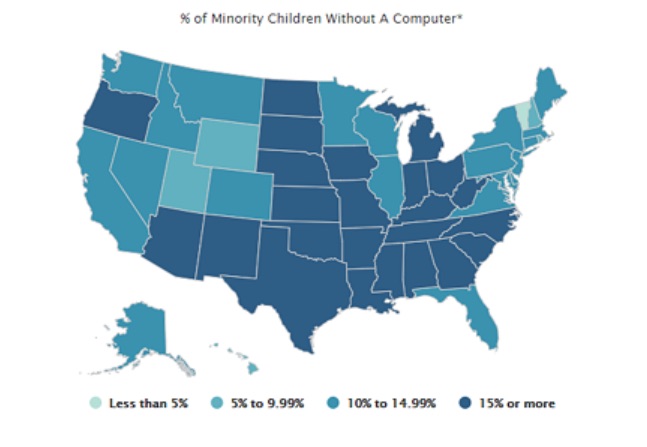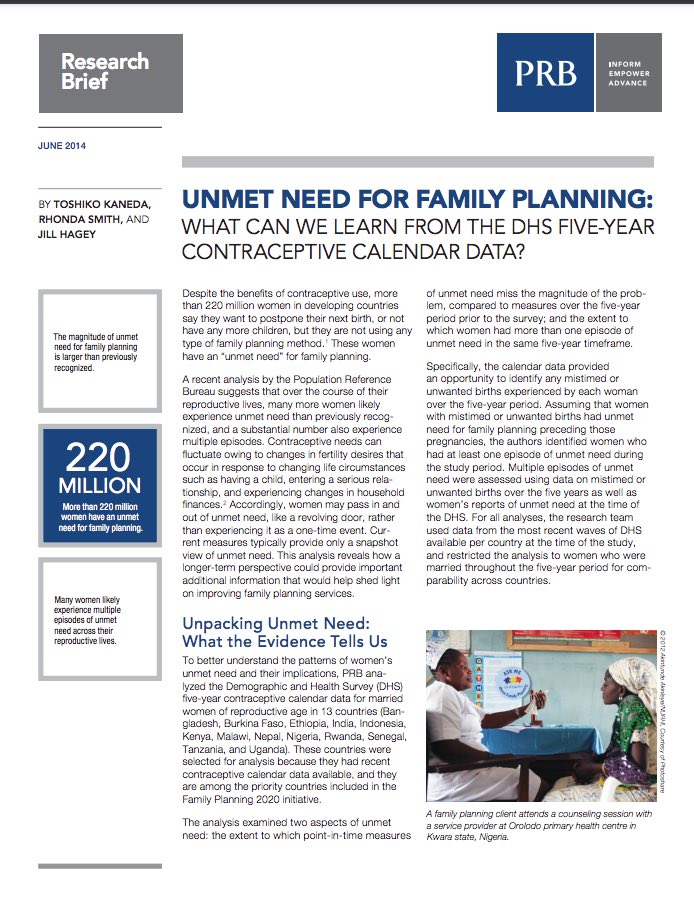Unmet Need for Family Planning
(2012) As more evidence about the health and economic benefits of family planning becomes available, global and national stakeholders are paying more attention to addressing the reproductive health needs of women and couples through family planning.



